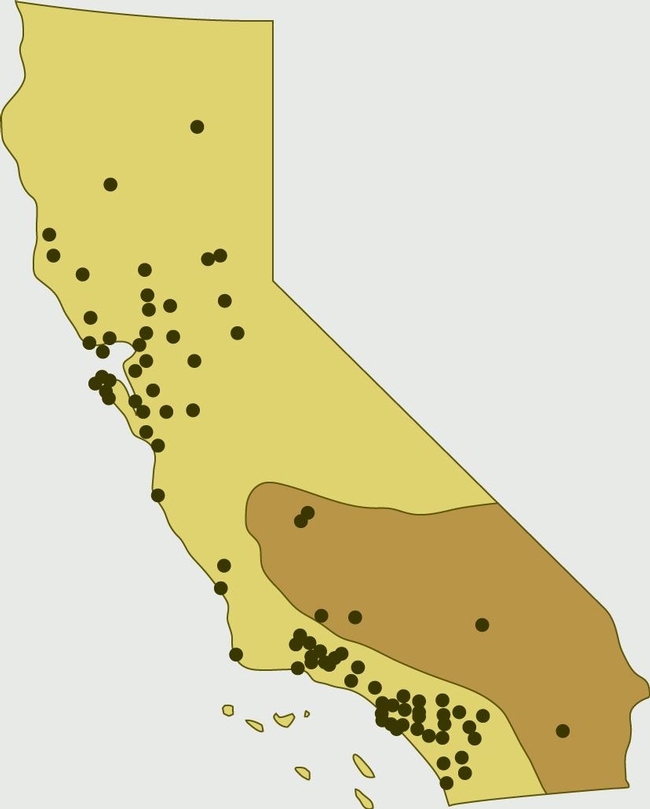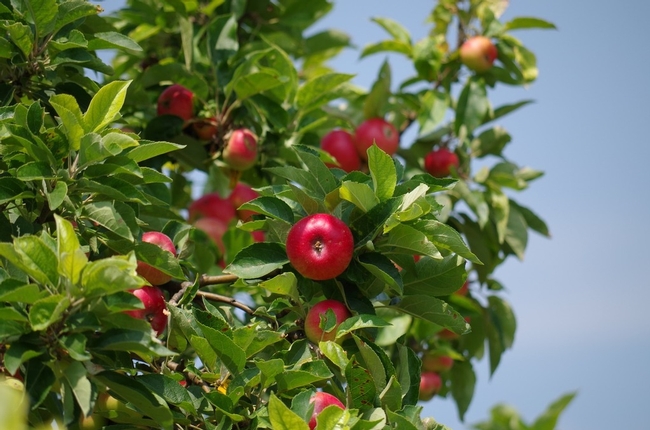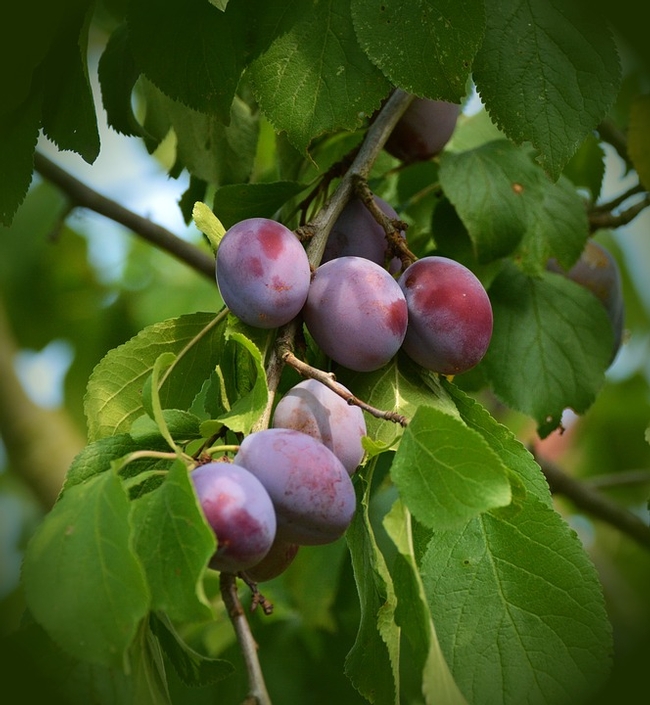- Author: Anne E Schellman
Want to save water* in your home landscape but aren't sure how to get started? The Stanislaus UCCE Master Gardeners have a free class that can help! We will cover:
- Small irrigation changes you can make now to start saving water
- How to design a low water use landscape
- Irrigation tips
- Plants that thrive in low water landscapes
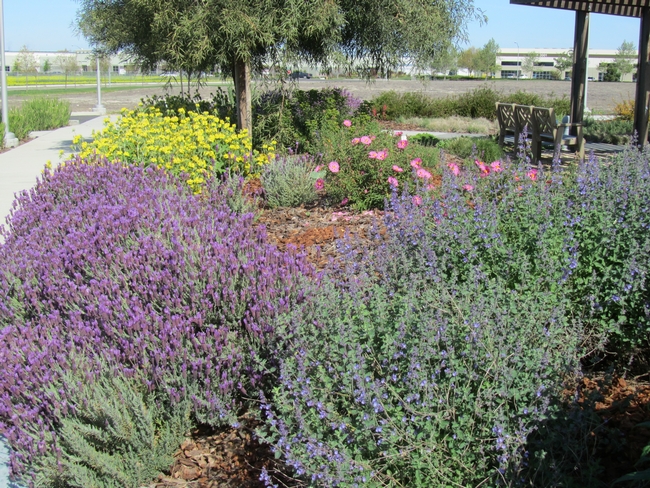
We will also answer these questions:
- Should I "break up with" (tear out) my lawn?
- What kind of water rebates are available if I do?
- How can I save water and keep my lawn?
- Are cacti and succulents the only plants I can grow to save water?
Class Details
Thursday, June 27, 2019 6:00-7:30 p.m.
Stanislaus County Agricultural Center, Harvest Hall Rooms D&E
Sign up at http://ucanr.edu/lowwater2019 or call Anne Schellman at (209) 525-6862 to reserve your space.
*Over half the water used in urban homes goes towards outdoor landscapes.
Source: Public Policy Institute of California https://www.ppic.org/publication/water-use-in-california
- Author: Anne E Schellman
As many readers know, University of California Cooperative Extension (UCCE) in Stanislaus County recently launched a Master Gardener Program.
This statewide program trains volunteers who then teach residents about composting, using less water in the landscape, growing fruits and vegetables, and how to safely and effectively manage pests in the home and landscape.
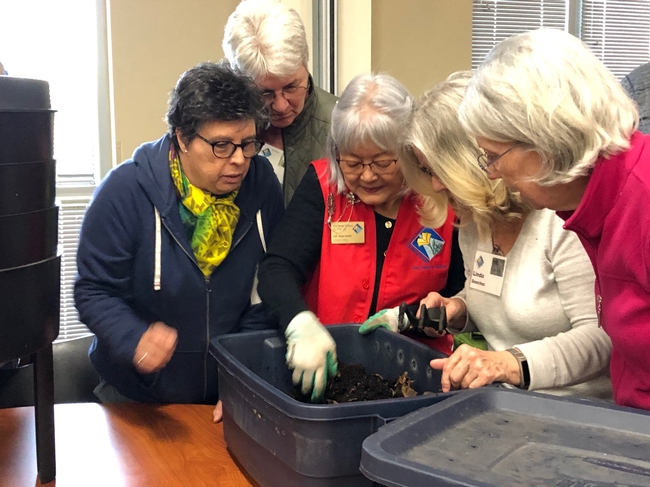
Our program is just getting started and it could use your help. We are asking for support on June 5, 2019 on Big Dig Day—a day to “dig in the soil, dig in your heart, and dig in your wallet to support a program you care about!”
We hope you can help us with our mission to extend research-based knowledge and information on home horticulture, pest management, and sustainable landscaping practices to the community.
Our program needs funds to purchase supplies such as pop-up tents, tables, chairs, banners, and tablecloths for farmers markets and other events. We can also use funds to help provide partial scholarships for residents who might not be able to afford the fee to enroll in our program.
Please join anytime during the 24-hour giving day. If you make a donation, please share your excitement on social media using #BigDigDay and #DigDeep.
Visit the our #BigDigDay page and select “Master Gardener Program” and then “Stanislaus” from the drop-down menu anytime from now until June 5.
UCCE is a division of Agricultural and Natural Resources (UCANR).
- Author: Julie Silva
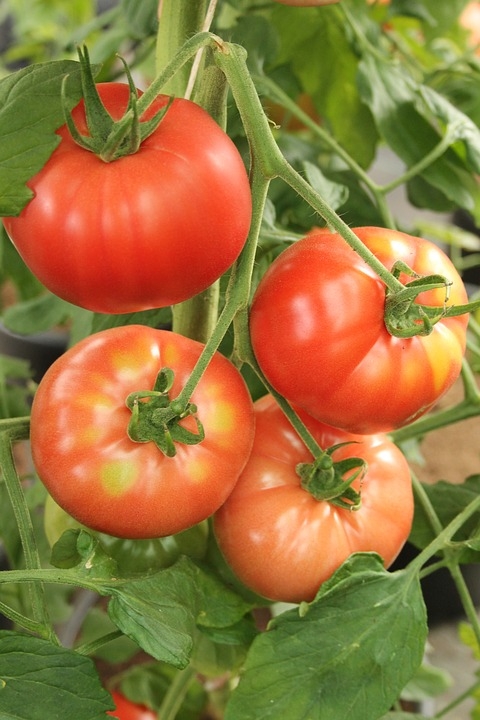
Tomatoes come in many different sizes–from pea-size to almost 3 pounds and as large as a grapefruit! Different sizes fulfill different needs; cherry tomatoes are perfect for salads, omelets, kebobs, and snacking. Medium size round tomatoes are easier to use for canning. Oblong, meaty tomatoes with less moisture are perfect for sauces, paste, or salsa. Large tomatoes, referred to as slicing tomatoes, are your hamburger's best friend.
You can find many different colors of tomatoes, including red, pink, black, purple, orange, yellow, green, yellow-white, swirls, and striped. Sometimes when sliced, the tomato could take on another color completely!
When deciding which tomato to grow it helps to decipher the tag. Tomatoes are either determinate or indeterminate. Determinate tomatoes grow to a particular height, then stop and put on a majority of fruit all at once. Indeterminate tomatoes continue to grow and will produce tomatoes along the branches throughout the growing season. It's usually best to grow both types.
You'll notice on plant tags some capital letters after the tomato variety name. Those letters indicate the tomato's resistance to a particular disease. You can read about these diseases as well as disorders and pests of tomatoes on the UC IPM Tomatoes page. 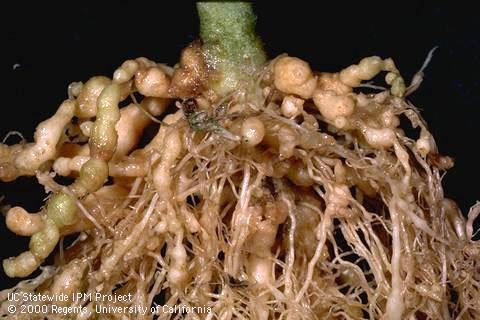
- V Verticillium Wilt
- F Fusarium Wilt
- N Nematodes
- ASC Alternaria Stem Canker
- TMV Tobacco Mosaic Virus
- ST Stemphylium (Grey leaf spot)
- SWV Tomato Spotted Wilt Virus
- LB Late Blight
Many hybrid tomatoes carry the VFN designation, unless they are heirlooms. Hybrid tomatoes are grown by crossing varieties to improve traits, making them stronger, more disease resistant and better producers. However, if you plant the seeds from a hybrid tomato, they won't produce the same tomato. This is why many people like to grow heirloom tomatoes and save the seeds for the following year.
To find the top ten tomatoes, be prepared to discover many lists. Opinions are like tomatoes: everyone has a favorite of their own! One of the most popular cherry tomatoes is ‘Sun Gold'; it's considered the sweetest tomato. The favorite early-season tomato is ‘Early Girl,' which is a determinate that produces within 54 days from seed. For main season tomatoes, ‘Celebrity,' ‘Fantastic,' ‘Better Boy,' and ‘Ace' (70-80 days) are popular.
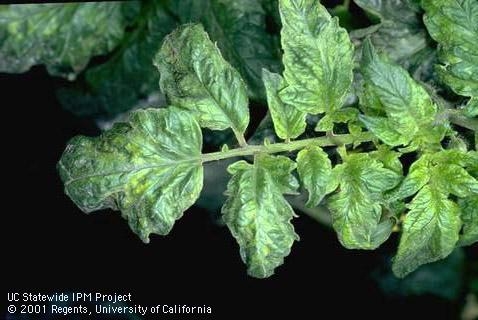
Summer for many people just does not start until that first hamburger with a slab of tomato right out of the garden. Here at the UCCE Stanislaus Master Gardener's Office we are curious: have you planted your tomato plants yet? What's your favorite tomato variety? Please sign in and post your comments below, or on our Facebook page.
Special thanks to Julie Silva for this guest post. She is a UCCE Master Gardener in Tuolumne County.
- Author: Rick Vetter
[Reblog from Pests in the Urban Landscape]
If you were to ask an audience of more than a few people if they or anyone they know has ever seen or been bitten by a brown recluse spider in California, many hands would be raised. This is quite remarkable because the brown recluse spider has NEVER established breeding populations in California!
The myth of the brown recluse has been generated and sustained by:
- Physician misdiagnoses (where many skin lesions of diverse non-spider origin are blamed on a non-existent spider)
- Media articles that report claims of horrendous bite injury without proof of spider involvement
- Misidentification of harmless brown spiders as brown recluses by the general public as well as "authorities" who lack adequate spider identification skills
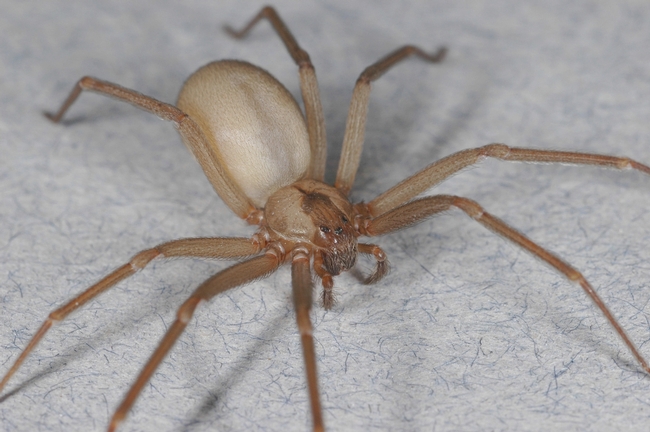
Brown recluse mythology is persistent throughout North America, even in places such as Alaska and Canada, which are far from where the spider is actually found. In some places, it is easy to argue against this myth because no recluse spiders have ever been found there. For California, this argument is less definitive because the state's south eastern deserts are home to several related native species such as the desert recluse spider (a different species than the brown recluse).
Additionally, in urban Los Angeles County, there have been rare records of isolated populations of the Chilean recluse spider. However, the native desert species occur where few people live and the Chilean recluse has only been found in commercial buildings, never in homes. There have been no confirmed bites by this non-native Chilean recluse since it was originally found in Los Angeles in the late 1930s. There have been rare findings of brown recluse in California, but these have occurred as hitchhikers in moving boxes from other areas of the country and the spider was destroyed after locating.
Although there are some recluse spiders in limited areas within California, this does not explain the hundreds (and maybe thousands) of brown recluse bite misdiagnoses made in California each year. In a study mapping out such misdiagnoses vs. known populations of recluse spiders in California, more than 95% of the purported brown recluse bites occurred in urban areas where the spiders are not known to inhabit.
For many decades throughout North America, it has been readily assumed by the medical community that many skin lesions resulted from brown recluse spider envenomation. However, recent research shows that most of these lesions are unrelated to spiders. Causes include some medical conditions that are much worse than any recluse bite would be.
One real danger of such a recluse bite misdiagnosis is that the actual causal condition will not respond to recluse bite remedy, allowing the real condition to continue on unabated, worsening and potentially leading to death. Some of these afflictions misdiagnosed as recluse bite include: cancer, leukemia, lymphoma, Lyme disease, bacterial infections, anthrax, adverse reaction to blood thinners, poison ivy, poison oak, chemical burn, thermal burn, and more. One of the most common conditions misdiagnosed as a spider bite is the bacterial infections caused by methicillin-resistant Staphylococcus aureus (MRSA).
To find out more about the different species of recluse spiders, identifying features of the brown recluse, and other spiders commonly mistaken for recluses, see the recently updated Pest Notes: Brown Recluse and Other Recluse Spiders on the UC IPM website.
[Article originally published as "The Brown Recluse Spider Does NOT Occur in California" in the Spring 2019 issue of the Retail Nursery and Garden Center IPM News.]
- Author: Ed Perry
Home gardeners often become concerned when their fruit trees begin dropping fruit prematurely. In some cases, fruit drop is nature's way of reducing a heavy fruit load. In other cases, premature fruit drop may be caused by pests and diseases, adverse weather conditions or poor cultural practices.
Apples may have a couple of periods when fruit drop occurs. The first is often after the flower petals fall off and may last two to three weeks. The very small dropping fruits are the ones that were not pollinated, so will not develop further. Many fruit species need to be pollinated by bees. Lack of pollination may be the result of cold or wet weather during the bloom period, or by a lack of honey bees. Also, if there is freezing weather just before the flower buds open, more fruit drop may occur.
Other adverse weather conditions may also contribute to fruit drop. For example, persimmons may drop if the weather turns suddenly hot in spring, just as the small fruits begin to develop. Trees not receiving adequate irrigation water would be more prone to dropping fruit.
Pests and diseases may contribute to the problem of premature fruit drop. Cool wet weather during the bloom period of walnuts often results in infections of walnut blight, a bacterial disease that damages catkins, leaves, and newly-pollinated nuts. Infected nuts may drop prematurely. Premature ripening and fruit drop often occurs in apples and pears that are infested with codling moth larvae.
In apples and pears, a second drop occurs once the fruits are about the size of marbles, usually in May or June. This is commonly referred to as “June drop.” Fruit drop at this time of year is thought to occur as a result of competition between fruits for available resources.
Some fruit tree species, such as plums, may experience a mid-summer fruit drop. Proper fruit thinning can help to prevent this. How much to thin depends upon the tree species. With peaches and nectarines, it's important to make room on the branches for each fruit to grow to 2 ½ to 3 inches in diameter. Thin by pulling off ¾ to 1-inch long fruit in April and May, leaving one fruit every 6 inches. This results in more fruit on the ground than on the tree, but it's important to produce large, flavorful fruit and to minimize limb breakage.
Thin apricots when the fruit is about ¾ inch in diameter, leaving 1 apricot every 3 inches. Thin plums when the fruit is ¾-inch-long, leaving 1 plum every 4 to 6 inches. Thin apples after the usual May or June drop. Leave 1 apple every 6 inches or allow only 1 apple to remain per spur. Asian pears should be thinned to leave only 1 fruit per spur.
When mature fruit begins to drop, it's a sign that the fruit is ready for harvest.
Ed Perry is the emeritus Environmental Horticultural Advisor for University of California Cooperative Extension (UCCE) in Stanislaus County.

